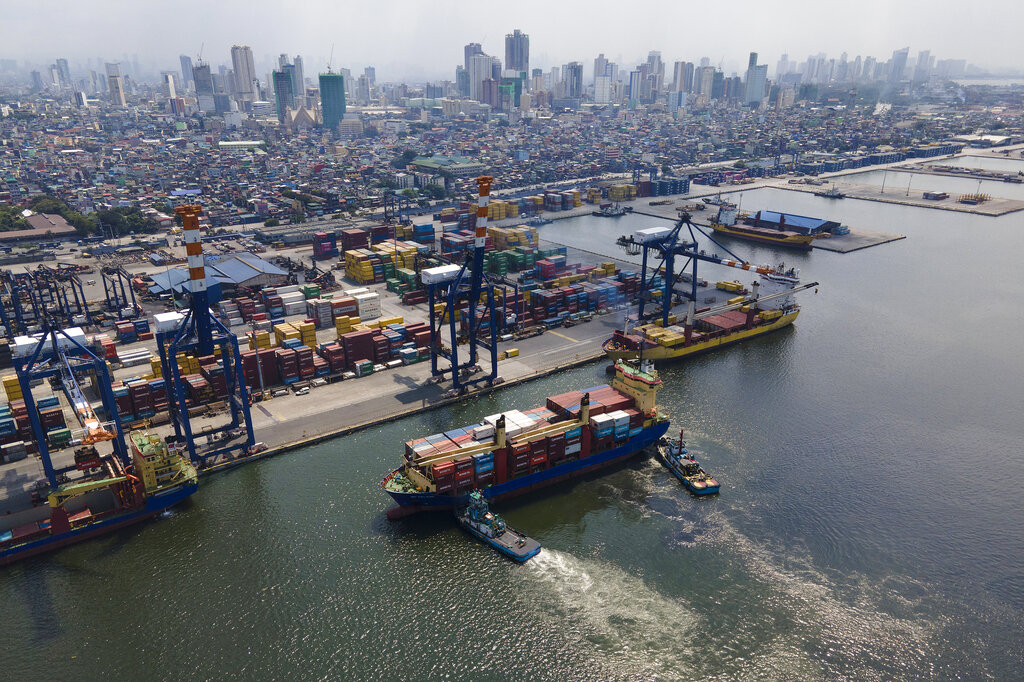
The Department of Agriculture (DA) is pushing for the construction of deep piers designed for large ships to reduce the cost of transporting farm inputs like fertilizers.
The agency said this could lead to a reduction in rice production cost and help planters boost their output.
“Our primary focus remains on elevating production levels and lowering production costs in rice cultivation, primarily through mechanization and reducing postharvest losses, as emphasized by Secretary [Francisco] Tiu Laurel,” Agriculture Assistant Secretary Arnel De Mesa said in a Palace statement following a news forum last Saturday.
De Mesa said streamlining the logistics of farm inputs will enhance the competitiveness of the country’s rice production.
Highlighting logistical challenges, De Mesa noted the cost implications of transporting fertilizers from Bataan to Mindoro via multiple transfers.
He said the establishment of deep piers capable of accommodating larger vessels could significantly reduce transportation costs by enabling direct shipment, potentially lowering input prices by P15 to P20 per unit.
In March, the Philippine Statistics Authority (PSA) reported that rice inflation accelerated to 24.4 percent, which compares with the 24.6 percent posted in February 2009. The highest rice price increase was recorded in July 2008 when it rose by 36.4 percent.
De Mesa said Vietnam produces rice at around P6 per kilo, compared with the P12 to P14 per kilo production cost in the Philippines.
“Labor is the major cost component in producing rice, and labor costs are at a premium in the Philippines,” the DA official said.
He said the Rice Tariffication Law was passed to reduce the labor cost component of producing rice.
The law allocates P10 billion annually for the Rice Competitiveness Enhancement Fund (RCEF). Half of this or P5 billion is earmarked for farm mechanization.
Aside from improving logistics, the DA is also focusing on enhancing the distribution system, as well as post-harvest facilities to make the country’s agriculture sector more competitive.
According to De Mesa, the agency is targeting to raise rice productivity, noting that currently, the national average is only 4.1 metric tons per hectare.
Nueva Ecija, the country’s rice granary, produces 6 to 8 metric tons per hectare. He said there are many areas in the country that are producing 3 to 4 metric tons per hectare because of the limited use of high-yielding varieties, irrigation, and fertilizer due to high input costs.
De Mesa said the DA is exerting “extra effort” to enhance rice production in the Philippines while reducing costs to alleviate the impact of global inflation on both food and non-food items, particularly rice.
He acknowledged that current post-harvest losses of around 15 to 20 percent, particularly during the drying and milling stages, attributed to the diverse varieties of rice being cultivated.
There are more than 18 existing varieties of rice per region, which the DA plans to cut down to just 2 or 3 for every region to ensure higher milling recovery.
Image credits: AP/Aaron Favila
